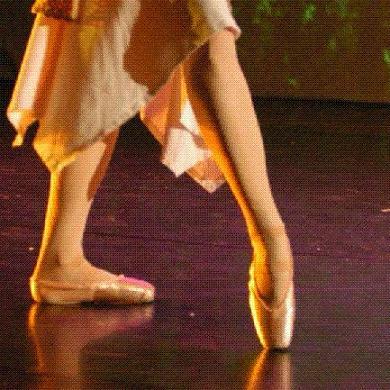Encore! (Dominic Walsh Dance Theater), May 21, 2005, Wortham Center's Cullen Theater
This program by DWDT was billed as "a celebration of the company's most beloved works." Rather than go through a laundry list of each piece in the show, I'm going to focus on what were, to me, the most interesting pieces.
I was aware that Flames of Eros was one of the company's most popular dances, but up until this show I had never managed to see it. The piece is set on three couples who portray figures from Greek mythology: Persephone (Julie Gumbinner), Hades (Lucas Priolo), Psyche (Carolyn Judson), Eros (Andre Silva), Aphrodite (Lindsey McGill), and Apollo (Dominic Walsh). I remember Persephone and the pomegranate seeds, and of course Apollo and Aphrodite as sun and moon, but I'd have to pull out the old Edith Hamilton to brush up on the relationship between Eros and Psyche. Yeah, I could Google it, but my point is there was little if any obvious portrayal of who was what character or how the relationships of the three couples differed; it's very different than, for instance, George Balanchine's Apollo. The costumes (pants for the men and dance dresses for the women) and the image projected on the scrim behind the dancers gave the impression of neoclassical rather than classical anyway. That said, there was nothing not to like in this performance. The dancers were first-class; I caught myself saying "Wow" to something that Lucas Priolo did, not technically challenging but with a perfect line. Not that the choreography wasn't technical; it was, and the dancers handled the jumps, turns, and dynamic lifts with precision and style. The music by Ennio Di Berardo was sweeping and bold in some places, subtle in others. It's easy to see why this piece won the 1998 Choo-San Goh Award for Choreography. (I can't find a good webpage with information about either the award or Cho-San Goh, or I'd put a link!)
Mularra is an intense piece about reconciliation. The music is based on a fragment of an Autralian indigenous song and composed by Paul Stanhope. The entire piece was danced in one pool of light on stage left; the musicians (Richard Belcher on cello and John Marcus on violin) sat on stage right. It seemed to me that Lindsey McGill's character was more important to the narrative, she remained the center of attention while Marcello De Sa Martins's character faded in and out. To tell you the truth, I need to see this piece again to review it; there was too much to take in in one viewing.
For The Two of You was choreographed for Julie Gumbinner and Lucas Priolo as something of a wedding present from Dominic Walsh. Mercury Baroque, with whom DWDT has collaborated before, played the music of Giovanni Bonocini. (The music Saturday was actually a tape; presumably the musicians had appeared the night before. I think they were busy doing an opera on Saturday.) While I was watching this dance, I noticed one movement in particular and had the sudden realization that it exemplified Mr. Walsh's style, but I couldn't quite put it into words. Later, in the Q&A period with the dancers after the show, Lindsey McGill fortuitously made the comment that his style is "cause and effect," something with which I agree.
The show closed with Katharsis, a dance with three living statues (dancers in white body makeup), a man, and a woman. The Terrence Karn Consortium provided wonderful live music from diverse instruments - a harp and an accordian, to name a few. Having taken many classes accompanied by Mr. Karn's inventive mix of percussion and other instruments, it was a treat to hear his more formalized work. The statues had a distinctive (dare I say statuesque?) style of movement, and the man seemed to be their creator. I never quite figured out how the woman fit in; most of the time she sat by the musicians. While this dance has unique elements, it could use a little more focus.
Labels: performance review

0 Comments:
Post a Comment
<< Home